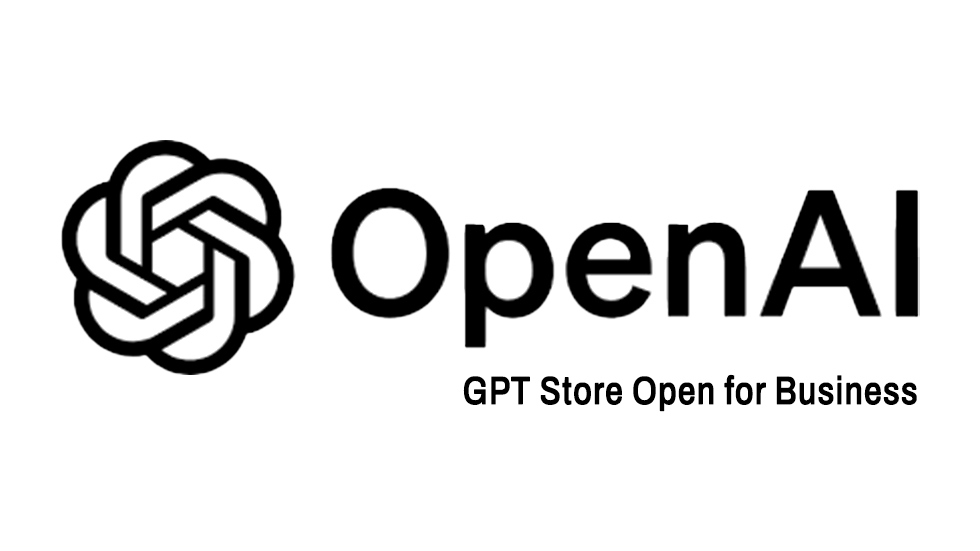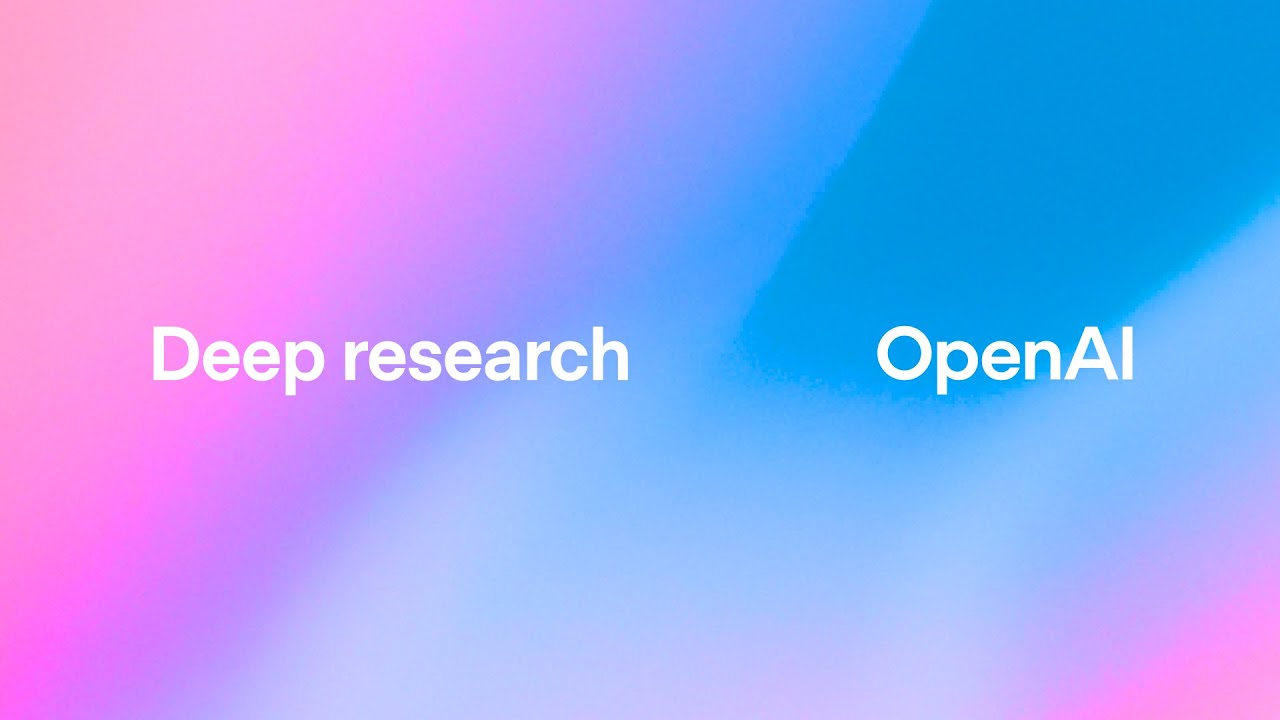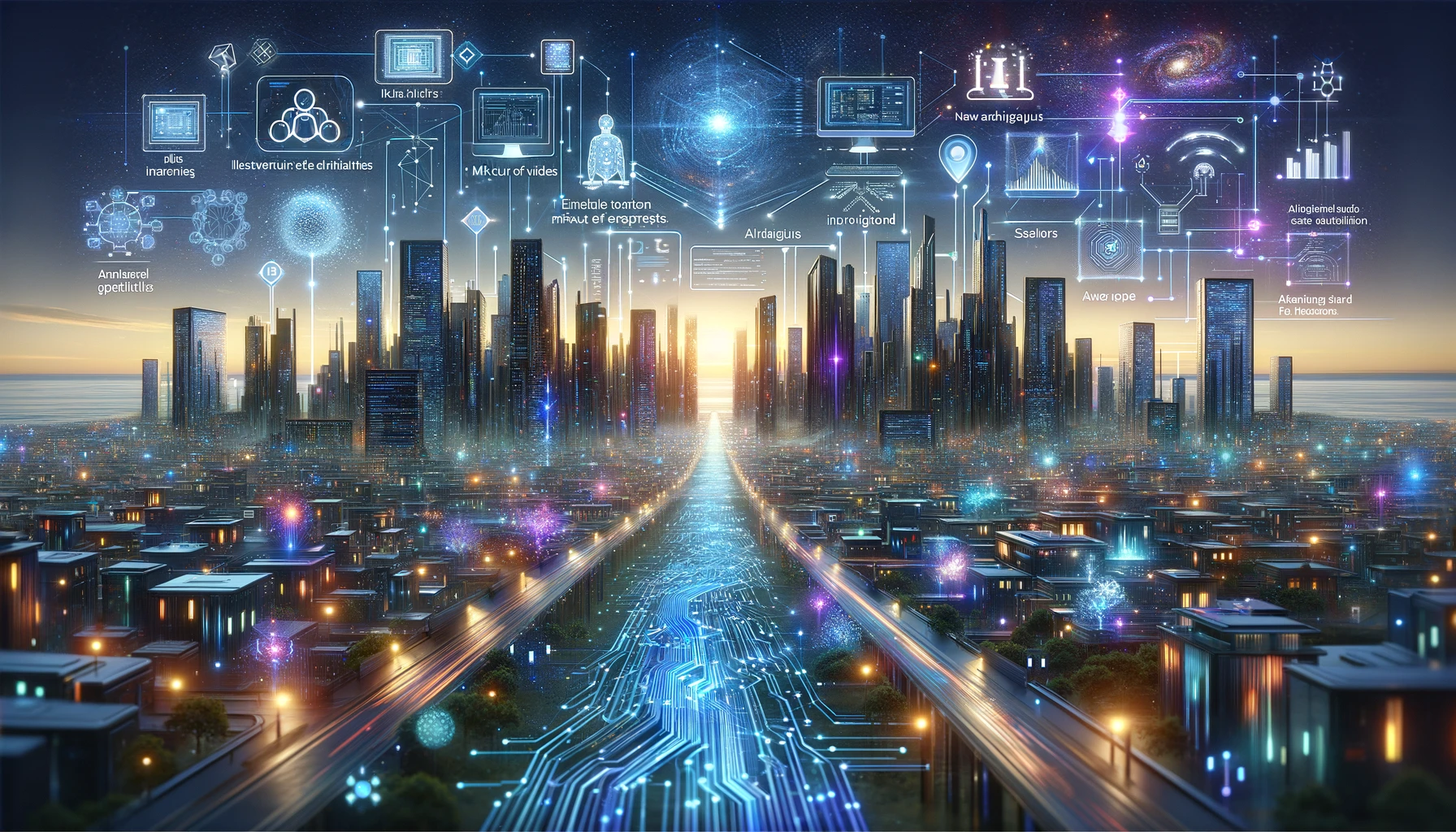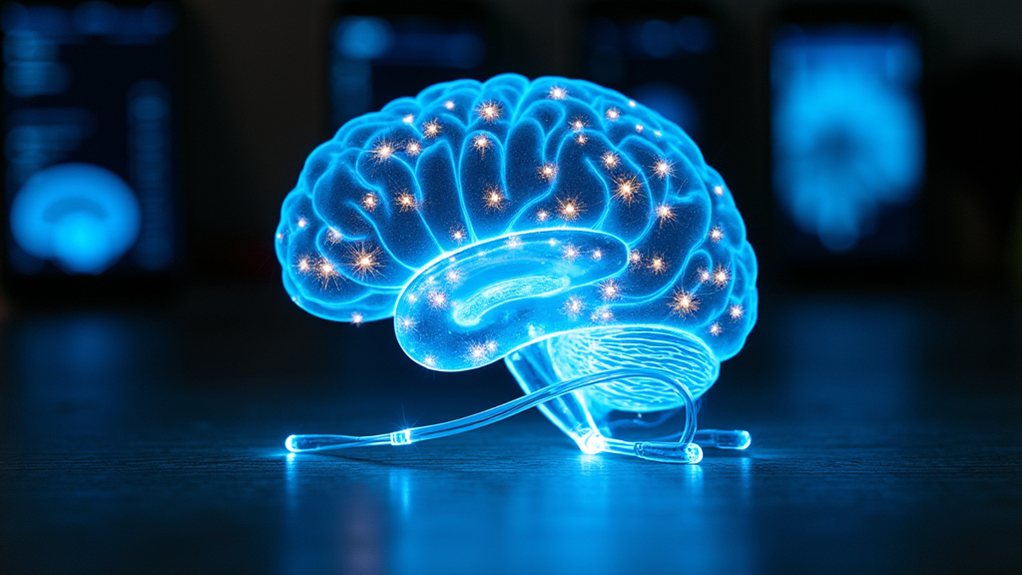GPT-4o isn’t just your run-of-the-mill update; it’s a big leap forward in the AI world. Imagine trying to harness the chatty prowess of a conversationalist, the insight of a sage, and the dexterity of an artist—all packed into one.
Yes, GPT-4o is turning heads for all the right reasons, promising more fluent and nuanced interactions than any AI chatbot we’ve seen before.
Now, let me break it down for you.
Multi-modality is where it’s at—combining text, sound, images, and even video in a seamless symphony of digital interaction.
Think of GPT-4o as that friend who not only listens to you but also reads your photos and perhaps, down the line, watches your videos too, to better understand what’s up with you.
So, what has really changed with GPT-4o?
Previously, we fed AI a question and waited keenly (or impatiently) for a response—a bit like mailing a letter. Now, conversations with AI can flow as smoothly as your morning latte, thanks to real-time interaction. Talk about cutting-edge—this is like having a pen pal who shoots back texts in the blink of an eye!
The secret sauce? It’s all about tokenization and transformers—two terms that might sound like something out of a sci-fi flick but hang tight.
Essentially, it means that GPT-4o can digest and understand a vast array of inputs, be it text snippets, the pitch in your voice, or the hues in your sunset photo, turning them into a language it can comprehend and respond to.
And the icing on the cake—these advancements aren’t just cool tech tricks. They’re paving the way toward what many call Artificial General Intelligence (AGI)—a type of AI that could understand and interact with the world much like humans do.
Skeptics argue this is still a quaint notion, but with each leap and bound, like those made by GPT-4o, that future seems less like a distant mirage and more like an impending reality.
But let’s not get carried away just yet—it’s not all roses and sunshine. As we inch closer to more advanced AI, we dive deeper into the philosophical rabbit hole: What does it mean for an AI to understand emotions or to ‘feel’? Is it genuine empathy or finely tuned algorithms mimicking human responses?
These are the big-ticket questions that keep philosophers up at night (and make for spirited dinner conversation, of course).
In essence, GPT-4o is more than a tool; it’s a glimpse into an exciting, somewhat bewildering future where technology intersects with every thread of our everyday lives.
From how we communicate with machines to how we understand intelligence, both artificial and biological, we’re on the brink of a new era.









